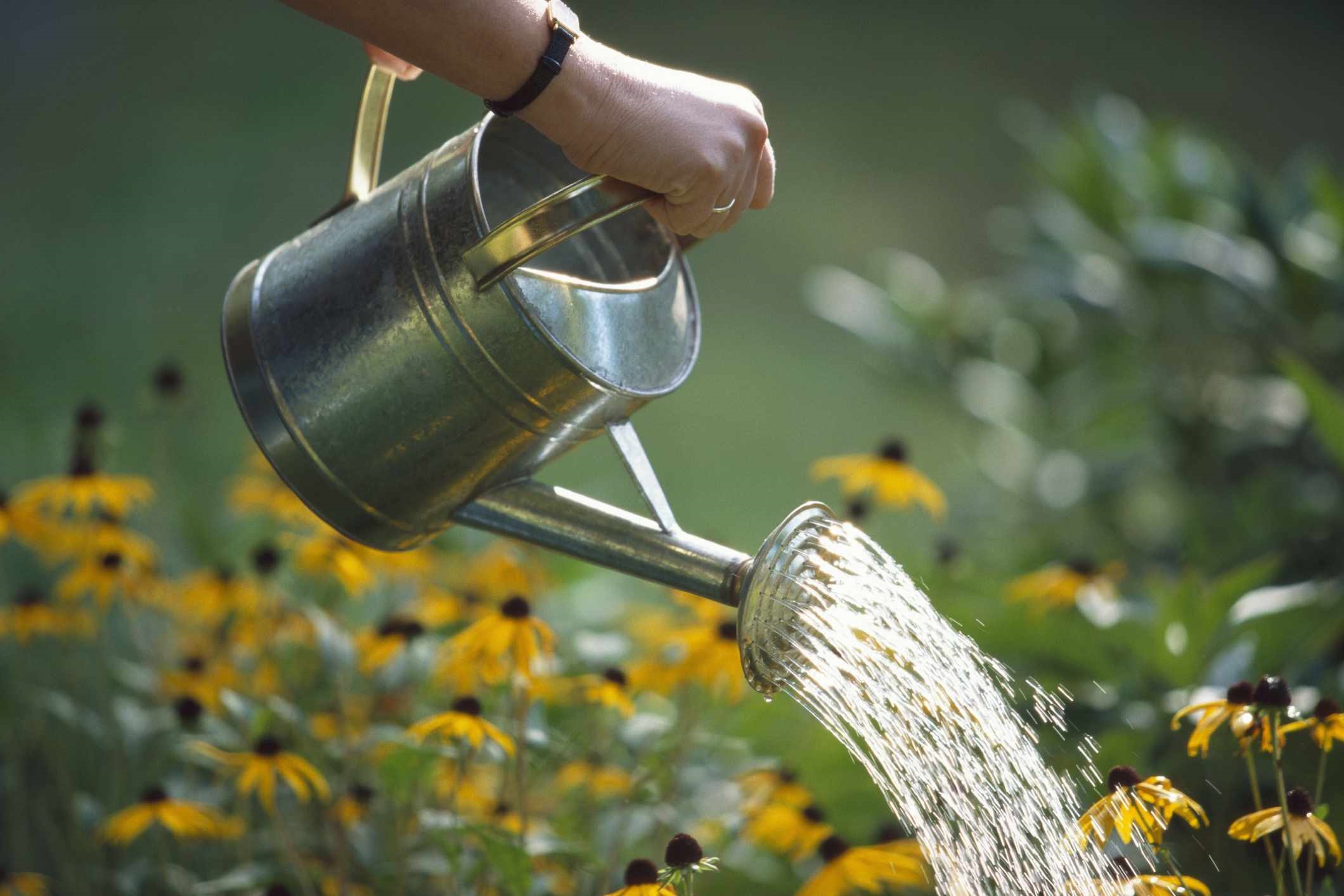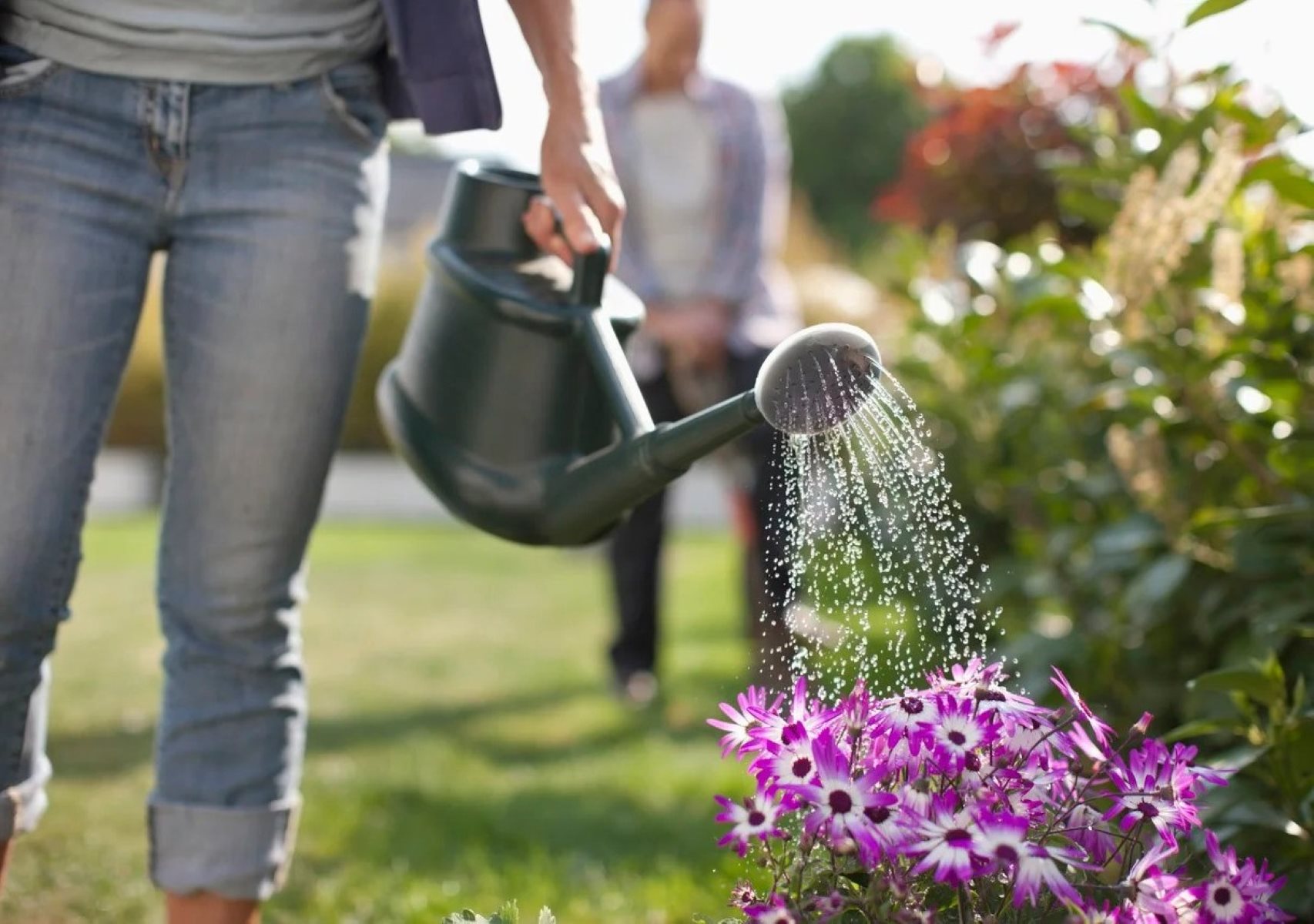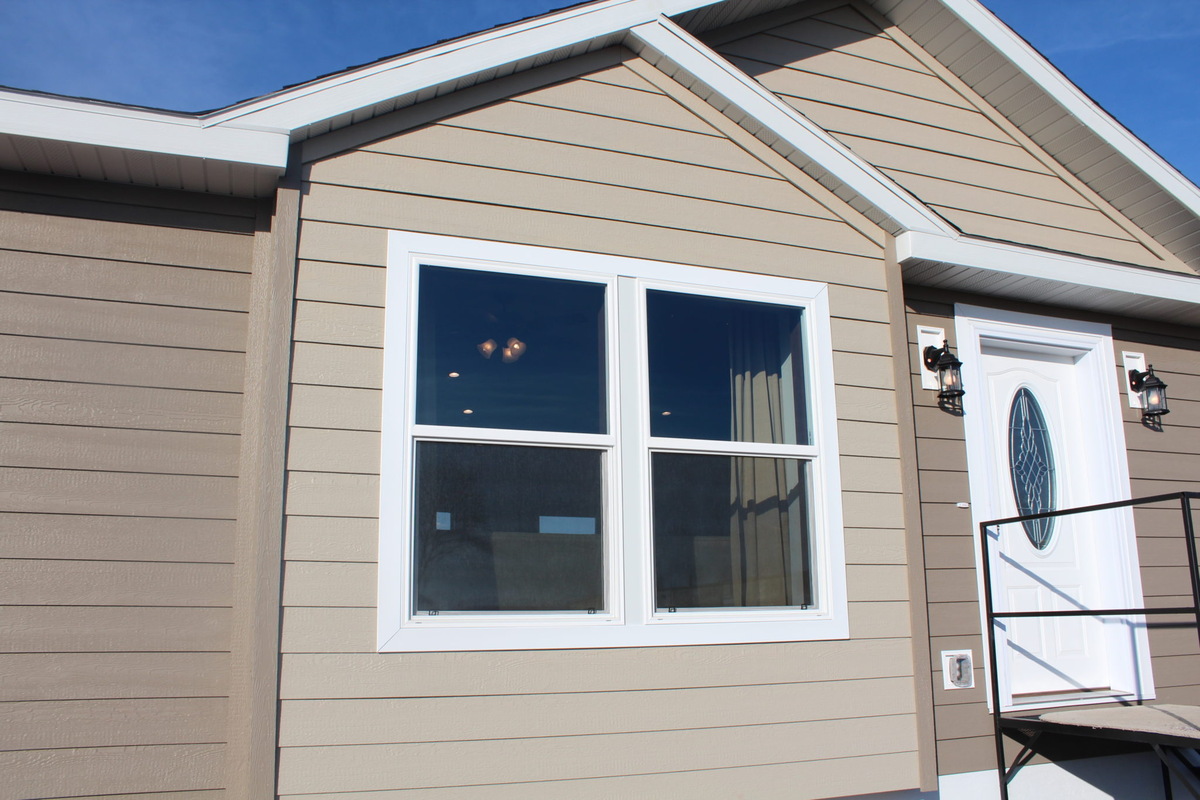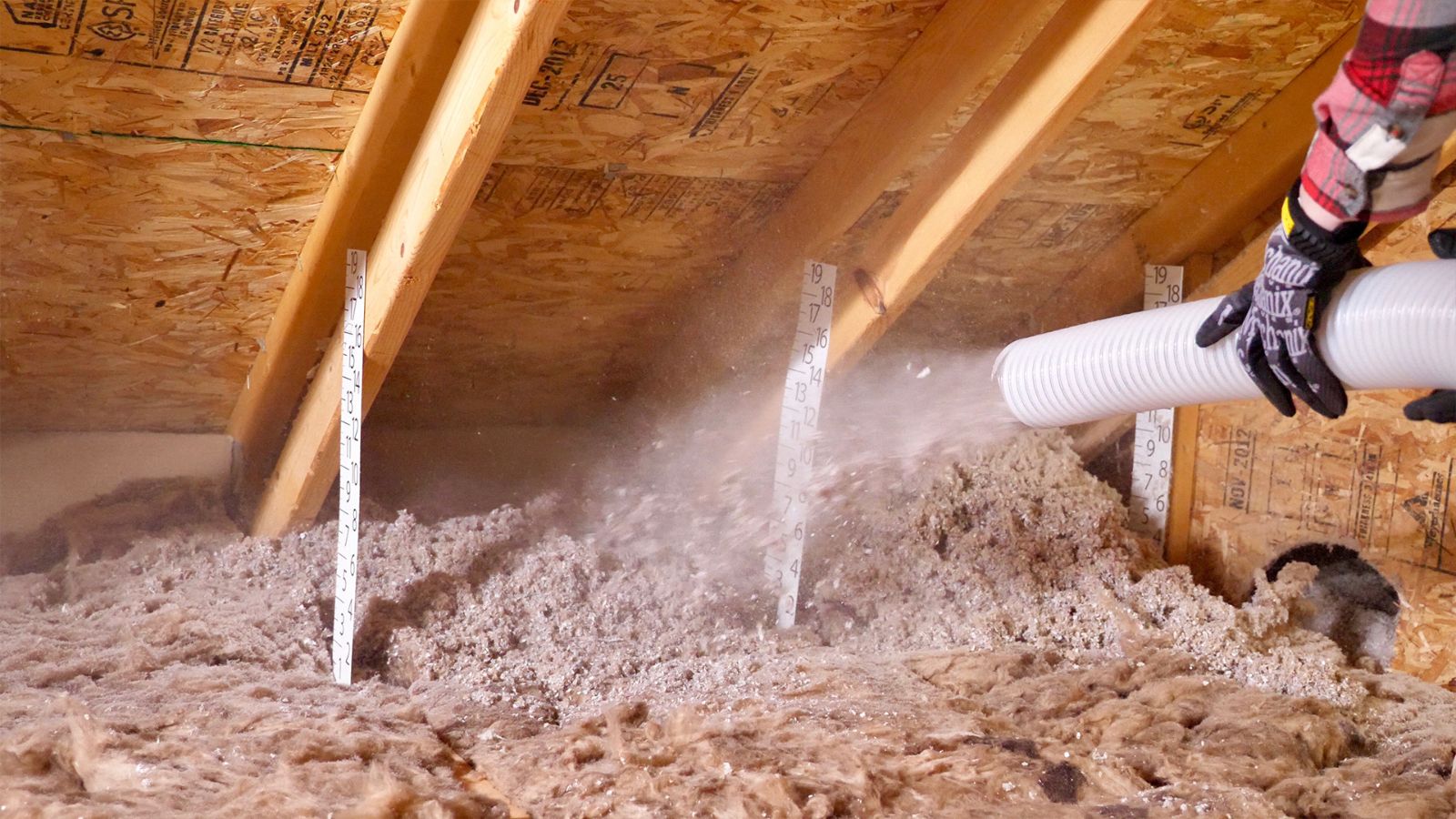Home>Gardening & Outdoor>Plant Care & Gardening Tips>How Much Sunlight Do Mums Need


Plant Care & Gardening Tips
How Much Sunlight Do Mums Need
Published: February 29, 2024
Discover essential plant care and gardening tips for mums, including the optimal sunlight requirements for healthy growth. Learn how to provide the right amount of sunlight for your mums to thrive.
(Many of the links in this article redirect to a specific reviewed product. Your purchase of these products through affiliate links helps to generate commission for Storables.com, at no extra cost. Learn more)
Introduction
When it comes to nurturing a vibrant and flourishing garden, understanding the specific needs of each plant is essential. In the realm of gardening, chrysanthemums, affectionately known as mums, hold a special place. These colorful and resilient flowers are cherished for their ability to brighten up any outdoor space, making them a popular choice for garden enthusiasts and florists alike.
One of the fundamental factors that significantly impacts the health and growth of mums is sunlight. The role of sunlight in the life cycle of plants, including mums, is nothing short of remarkable. From photosynthesis to the regulation of various physiological processes, sunlight serves as a vital source of energy and nourishment for these botanical wonders.
Understanding the intricate relationship between mums and sunlight is crucial for anyone seeking to cultivate a thriving garden adorned with these magnificent blooms. In this comprehensive guide, we will delve into the significance of sunlight for mums, the ideal sunlight exposure they require, signs of sunlight deficiency to watch out for, and practical tips for ensuring that your mums receive the optimal amount of sunlight to thrive. So, let's embark on this enlightening journey into the world of mums and sunlight, and discover the key to nurturing these beloved flowers to their fullest potential.
Key Takeaways:
- Mums need 6-8 hours of moderate to bright sunlight daily for robust growth and vibrant blooms. Morning sun exposure and understanding varietal needs are key for their thriving.
- Signs of sunlight deficiency in mums include stunted growth, pale leaves, and sparse blooms. Strategic placement and regular monitoring can help address these issues.
Read more: What Outdoor Plants Don’t Need Sunlight
Importance of Sunlight for Mums
Sunlight plays a pivotal role in the growth and overall well-being of chrysanthemums, commonly referred to as mums. These vibrant and resilient flowers rely on sunlight to fuel the process of photosynthesis, a fundamental mechanism through which plants convert light energy into chemical energy, ultimately facilitating their growth and development. The significance of sunlight for mums extends beyond mere energy production, encompassing various physiological and metabolic functions that are essential for their vitality.
One of the primary benefits of sunlight for mums is its role in promoting robust and lush foliage. Adequate exposure to sunlight stimulates the production of chlorophyll, the green pigment crucial for photosynthesis. This process not only sustains the mums' vibrant green leaves but also contributes to their overall vigor and resilience. Furthermore, sunlight exposure aids in the synthesis of essential nutrients and compounds within the plant, fostering a healthy and thriving foliage that forms the backdrop for the mums' resplendent blooms.
In addition to supporting foliage growth, sunlight is instrumental in the regulation of flowering in mums. The duration and intensity of sunlight exposure directly influence the initiation and progression of the flowering phase. Optimal sunlight exposure prompts the mums to transition from vegetative growth to the formation of buds and, eventually, the spectacular display of colorful blooms. Moreover, sunlight exposure influences the timing and duration of the flowering period, contributing to the overall visual appeal and longevity of the floral showcase.
Beyond its direct impact on growth and flowering, sunlight also plays a crucial role in enhancing the mums' resilience to environmental stressors. Exposure to sunlight stimulates the production of certain compounds that bolster the plants' defense mechanisms, enabling them to withstand various environmental challenges. Furthermore, sunlight exposure contributes to the regulation of water uptake and transpiration, optimizing the mums' ability to maintain proper hydration and cope with fluctuating environmental conditions.
In essence, sunlight is indispensable for mums, serving as the primary source of energy, vitality, and resilience. Its multifaceted influence encompasses the promotion of robust foliage, regulation of flowering, and enhancement of the plants' adaptability to environmental factors. Understanding and harnessing the importance of sunlight is fundamental to nurturing thriving mums that captivate with their lush foliage and vibrant blooms.
Ideal Sunlight Exposure for Mums
Achieving the ideal sunlight exposure is paramount for the optimal growth and blooming of chrysanthemums, commonly known as mums. These resilient and captivating flowers thrive when provided with the right balance of sunlight, ensuring that they receive the necessary energy to flourish. The ideal sunlight exposure for mums is characterized by a delicate equilibrium between duration, intensity, and timing, tailored to meet the specific needs of these botanical wonders.
Mums typically thrive when exposed to direct sunlight for approximately 6 to 8 hours per day. This duration allows the plants to harness an adequate amount of light energy to fuel the process of photosynthesis, promoting robust foliage and vibrant blooms. However, it is essential to consider the intensity of the sunlight during these hours. Mums benefit from moderate to bright sunlight, which provides the requisite energy for their physiological processes without subjecting them to excessive heat and radiation. Therefore, positioning mums in locations where they can receive filtered or partial sunlight, especially during the intense midday hours, can help prevent potential sun damage while ensuring they reap the benefits of adequate light exposure.
The timing of sunlight exposure also plays a crucial role in determining the ideal conditions for mums. In regions characterized by hot climates, providing mums with morning sunlight and partial shade during the afternoon can shield them from the harsh midday sun, preventing excessive heat stress. Conversely, in cooler climates, mums can benefit from extended exposure to sunlight during the day, especially in the afternoon, to maximize their energy absorption and promote robust growth.
Understanding the specific sunlight requirements of different mum varieties is essential for tailoring the ideal exposure conditions. While some mums may thrive in full sunlight, others, particularly certain delicate or heat-sensitive varieties, may fare better with partial sunlight to prevent sunscald and maintain their vigor.
In essence, the ideal sunlight exposure for mums revolves around striking a harmonious balance between duration, intensity, and timing, tailored to the unique needs of the plants and the prevailing environmental conditions. By providing mums with the optimal sunlight exposure, gardeners can pave the way for these captivating flowers to flourish, showcasing their vibrant blooms and lush foliage in all their splendor.
Mums need at least 6 hours of sunlight per day to thrive. Make sure to place them in a spot with direct sunlight to promote healthy growth and vibrant blooms.
Signs of Sunlight Deficiency in Mums
Identifying the signs of sunlight deficiency in chrysanthemums, commonly known as mums, is crucial for ensuring their optimal health and vitality. When mums do not receive adequate sunlight, they exhibit distinct indicators that signal their struggle to thrive in suboptimal light conditions. Recognizing these signs empowers gardeners to take proactive measures to address sunlight deficiency and provide the necessary conditions for the mums to flourish. Here are the key signs to watch for:
-
Stunted Growth: Mums deprived of sufficient sunlight may display stunted growth, characterized by a lack of vigor and limited expansion of foliage. The stems may appear weak and fail to reach their full potential height, resulting in an overall diminutive stature of the plant.
-
Pale or Yellowing Leaves: Insufficient sunlight can lead to the development of pale or yellowing leaves in mums. This discoloration is indicative of chlorophyll deficiency, a consequence of inadequate light for photosynthesis. As a result, the mums' foliage loses its vibrant green hue and may appear lackluster or discolored.
-
Sparse or Fewer Blooms: Sunlight deficiency can impact the mums' flowering capacity, leading to sparse or fewer blooms than expected. The lack of adequate light hinders the plants' ability to accumulate the energy required for robust flowering, resulting in diminished floral displays.
-
Leggy Growth: Inadequate sunlight may cause mums to exhibit leggy growth, characterized by elongated and spindly stems. This phenomenon occurs as the plants stretch towards available light in an attempt to compensate for the lack of sufficient sunlight, resulting in an unbalanced and less aesthetically pleasing growth pattern.
-
Delayed or Prolonged Flowering: Mums experiencing sunlight deficiency may exhibit delayed or prolonged flowering periods. Insufficient light can disrupt the plants' internal mechanisms that regulate the flowering cycle, leading to irregularities in the timing and duration of the blooming phase.
-
Increased Susceptibility to Pests and Diseases: Sunlight-deprived mums are more susceptible to pest infestations and diseases due to weakened immune responses and compromised physiological functions. The lack of adequate sunlight diminishes the plants' natural defenses, making them more vulnerable to various stressors.
Recognizing these signs of sunlight deficiency empowers gardeners to take proactive measures to address the issue and create an environment conducive to the mums' flourishing. By providing the necessary sunlight and attending to the specific needs of the plants, gardeners can ensure that their mums thrive, boasting vibrant foliage and abundant, colorful blooms.
Tips for Providing Adequate Sunlight for Mums
-
Strategic Placement: Position your mums in locations that receive ample sunlight, ideally 6 to 8 hours per day. Choose spots with moderate to bright sunlight, ensuring that the plants can harness the energy they need for robust growth and blooming.
-
Morning Sun Exposure: In regions with hot climates, prioritize morning sunlight for your mums. This allows them to benefit from the gentle, energizing rays while avoiding the intense midday heat that can potentially stress the plants.
-
Partial Shade Consideration: In areas prone to scorching afternoon sun, providing mums with partial shade during the hottest hours can shield them from excessive heat and prevent sun damage. This thoughtful balance of sunlight exposure safeguards the plants' well-being.
-
Understanding Varietal Needs: Different mum varieties may have varying sunlight requirements. Some may thrive in full sunlight, while others, particularly heat-sensitive types, may fare better with partial sunlight to prevent sunscald and maintain their vigor. Tailoring sunlight exposure to the specific needs of each variety is essential for their optimal growth.
-
Regular Monitoring: Keep a close eye on your mums to assess their response to sunlight exposure. Observe the foliage for signs of sunscald, such as wilting or discoloration, and adjust their placement accordingly to ensure they receive the right balance of light and protection.
-
Seasonal Adjustments: Be mindful of seasonal changes and adjust sunlight exposure accordingly. In cooler months, mums may benefit from extended sunlight exposure, while in hotter seasons, providing partial shade during the intense midday hours can prevent heat stress and maintain the plants' vitality.
-
Container Considerations: If growing mums in containers, ensure that the pots are placed in areas that receive adequate sunlight. Additionally, regularly reposition the containers to optimize sunlight exposure and prevent the plants from becoming shaded by surrounding structures or foliage.
-
Pruning for Sunlight Penetration: Periodically prune surrounding foliage or branches that may obstruct sunlight from reaching your mums. This practice promotes better light penetration and ensures that the plants receive the necessary energy for robust growth and blooming.
By implementing these tips, you can create an environment that provides your mums with the optimal sunlight exposure they need to thrive. Understanding the nuances of sunlight provision and tailoring it to the specific needs of your mums will pave the way for vibrant foliage and abundant, colorful blooms, transforming your garden into a captivating showcase of natural beauty.
Read more: How Much Silverware Do You Need
Conclusion
In the realm of gardening, the relationship between chrysanthemums, or mums, and sunlight is a vital determinant of the plants' overall health and vibrancy. As we conclude this enlightening journey into the world of mums and sunlight, it is evident that the optimal provision of sunlight is fundamental to nurturing these botanical wonders to their fullest potential.
The importance of sunlight for mums extends far beyond mere illumination. It serves as the primary source of energy, driving the process of photosynthesis and fueling the plants' growth, resilience, and flowering. From promoting robust foliage to regulating the timing and abundance of blooms, sunlight plays a multifaceted role in shaping the captivating allure of mums in gardens and floral displays.
Understanding the ideal sunlight exposure for mums is a cornerstone of successful cultivation. Striking a delicate balance between duration, intensity, and timing, tailored to the specific needs of the plants and the prevailing environmental conditions, is essential for fostering their optimal growth and blooming. By providing mums with approximately 6 to 8 hours of moderate to bright sunlight, while considering varietal preferences and seasonal adjustments, gardeners can create an environment that empowers these flowers to thrive.
Recognizing the signs of sunlight deficiency in mums equips gardeners with the insight to address potential challenges and create an environment conducive to the plants' flourishing. From stunted growth to pale leaves and sparse blooms, these indicators serve as valuable cues for adjusting sunlight provision and attending to the mums' specific needs.
Moreover, the practical tips for providing adequate sunlight for mums offer actionable guidance for gardeners seeking to optimize the plants' exposure to this essential element. From strategic placement and morning sun exposure to understanding varietal needs and seasonal adjustments, these tips empower gardeners to create an environment that nurtures vibrant foliage and abundant, colorful blooms.
In essence, the harmonious interplay between mums and sunlight encapsulates the art and science of gardening. By embracing the nuances of sunlight provision and tailoring it to the unique needs of these captivating flowers, gardeners can cultivate thriving mums that stand as a testament to the beauty and resilience of nature.
As you embark on your journey of nurturing mums, may this comprehensive guide serve as a beacon of insight, empowering you to create a flourishing haven adorned with the resplendent beauty of these beloved flowers. Embrace the transformative power of sunlight, and watch as your mums flourish, captivating all who behold their vibrant blooms and lush foliage.
Frequently Asked Questions about How Much Sunlight Do Mums Need
Was this page helpful?
At Storables.com, we guarantee accurate and reliable information. Our content, validated by Expert Board Contributors, is crafted following stringent Editorial Policies. We're committed to providing you with well-researched, expert-backed insights for all your informational needs.















0 thoughts on “How Much Sunlight Do Mums Need”